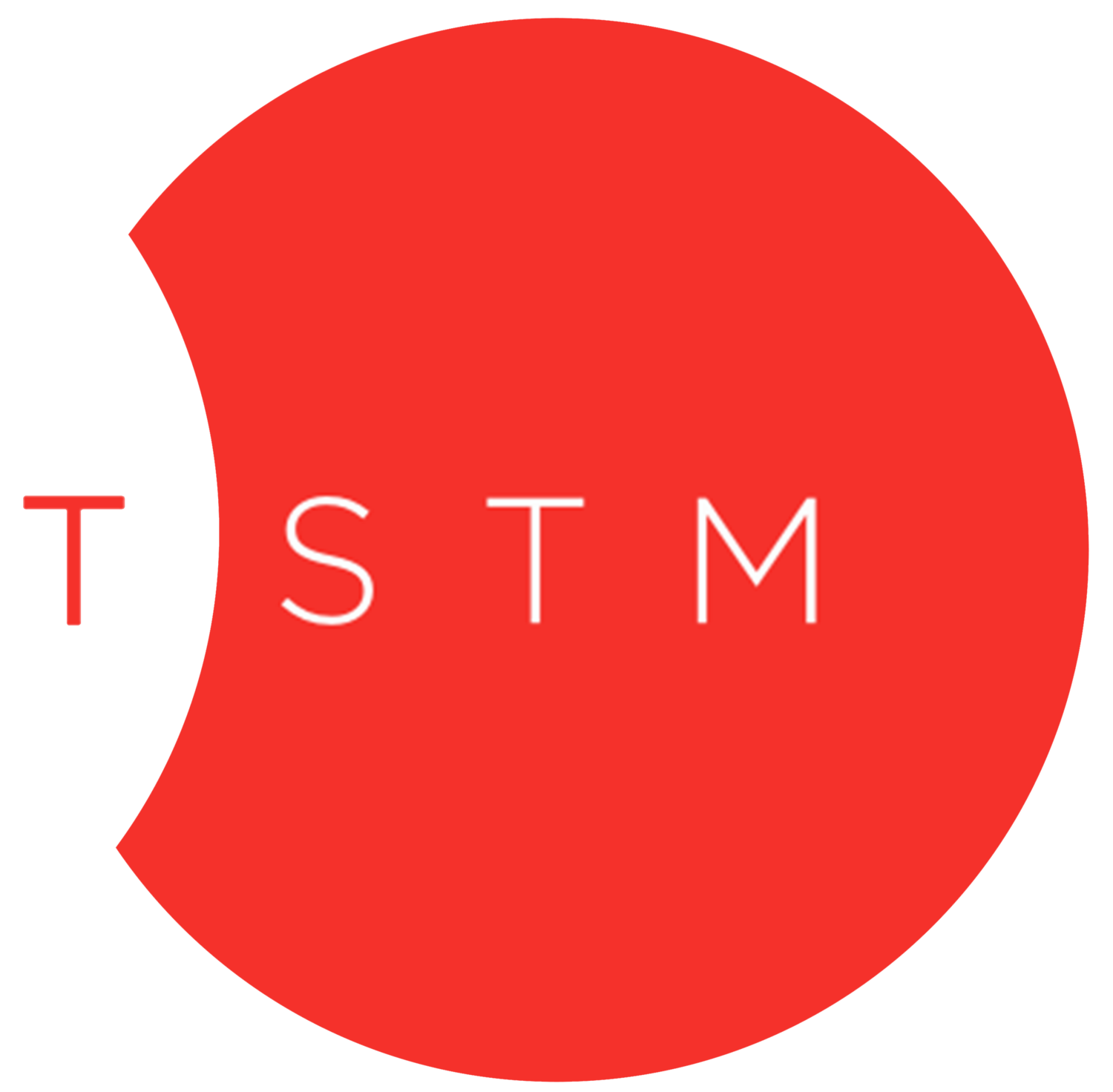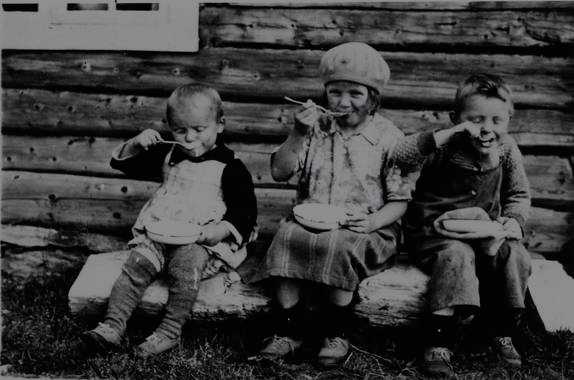Eating carbohydrates before bed has become a hot topic in nutrition, and some people think its a bad idea. This often comes from the belief that eating carbs before you go to sleep leads to weight gain. There is some evidence to support this argument, but all carbohydrates are not equal, and certain types of carbohydrates can help you lose weight and get a good night sleep.
The KetoDiet can reduce athletes' anaerobic performance
The "Ketogenic diet" (KetoDiet) is a hot topic at the moment due to quick weight loss results and improvements in endurance based sports performance. However, recent studies have found that a KetoDiet is not a great option for strengths, speed and power athlete looking to improve their performance. [1,2]
Many endurance athletes have found success with KetoDiet because fat provides more energy than carbs in an aerobic driven environment. [3] This is not true for the anaerobic energy system because the Krebs cycle, the primary energy generator in the anaerobic energy system, produces significantly less energy when catabolising fat or protein when compared to carbohydrates (CHO).
One small behaviour change that can lead to a healthy community
There is no excuse why we can not eat a healthy diet. Healthy eating is easier than ever. That’s because we know so much more about what a healthy diet looks like than we ever have before. Choosing healthy seasonal foods based on sound science remains the best-known way to reduce your chances of developing cardiovascular diseases and autoimmune diseases. A sustainable diet is possibly the single most crucial factor that determines your health and longevity.
How rice can be a heathy carbohdrate, boost health, and sports performance
One of the oldest grains, rice is believed to have been grown for at least 5000 years. Rice can be a quality CHO if selected and prepared correctly, more on this later. Rice is a grain (yes I know, its not Paleo) that TSTMethod recommend to our clients because it is naturally gluten free and highly unlikely to cause any digestive issues, allergies or food intolerance. Rice also contains some amazing nutrients that can balance hormones, imrpove blood glucose management, assist recovery, and increase energy levels.
"If it fits your macros" is not good enough
There is no arguing that “if it fits your macros" can produce weight management results, but what are the side effects of ignoring the quality of macronutrients and micronutrients you eat? What are the long-term impacts of neglecting food quality and only focusing on the quantity or cutting calories? Most client food diaries I see are full of empty calories and lacking in nutrient-rich foods.
Mitochondria, Magnesium & Oxidative Capacity
High-intensity exercise can results in an increase of mitochondria if supported by the diet. In order to make new mitochondria the body needs Mg as a co-factor. If your Mg levels are low, you are going to have a difficult time benefiting for the high-intensity training and increasing your total mitochondria count. If your goals are to improve your fitness levels you need to seriously be looking at your diet.
Best Protein Supplement for Recreational Athletes?
With all the misinformation of BS media reports regarding workout supplements, it’s hard to know what to believe. We all know that protein is an essential macronutrient in the diet, especially for highly active individuals. The amino acids found in protein serve as building blocks for tissue, skin, hair, bones, ligaments, tendons, and muscle. Protein is found in foods like meat, dairy, eggs, nuts, and beans. It’s also present in plant foods in small quantities such as vegetables and grains
Why Juice is not a healthy option?
Lately, some of my clients have been asking me if they can have a juice for breakfast. I appreciate that they are looking for something quick and easy to make, but their laziness to prepare a real breakfast is linked to the many reasons why they are unsuccessful in reaching their goals. Making you breakfast is just like making your bed, if you can start the day on the right foot, then the choices you make in the rest of your day are more likely to be positive ones.
Sick, Fat and Unhealthy: Part 3: The Industrial Revolution: Nutrition Impacts
Today our diets are full of processed foods containing sugar, flour, and vegetable oil (honest, how the f**k do you get oils from a vegetable?). Its estimated that up to 50% of the calories we eat come from these nutrient-void sources. Our large intake of highly processed foods has decreased the number of beneficial nutrients in our diet, we are deprived of nutrients and this is impacting our health. We are eating more crap food because it is easily accessible and most of us have become a guinea pig to the food industries sick, fat and unhealthy experiment. Not only are these foods low in bioavailable nutrients, but they are high in anti-nutrients such as phytate which block the absorption of other valuable nutrients in the body like zinc, copper, iron, magnesium, niacin and calcium, just to name a few.
Sick, Fat and Unhealthy: Part 2b: Agriculture Introduced us to Gluten
Gluten is the devil! "I call gluten a "silent germ" because it can inflict lasting damage without you knowing it" [Brain Maker, David Permimutter]. Gluten is everywhere today, despite the gluten-free movement taking place even among food manufacturers, gluten lurks in everything from wheat products to ice cream to hand cream. It’s even used as an additive in seemingly “healthy,” wheat-free products. Common foods that contain gluten are pasta, noodles, bread and pastries, crackers, baked goods, cereals and granola, sauces and gravies (many use flour as a thickener), beer and malt beverages, and brewers yeast.










